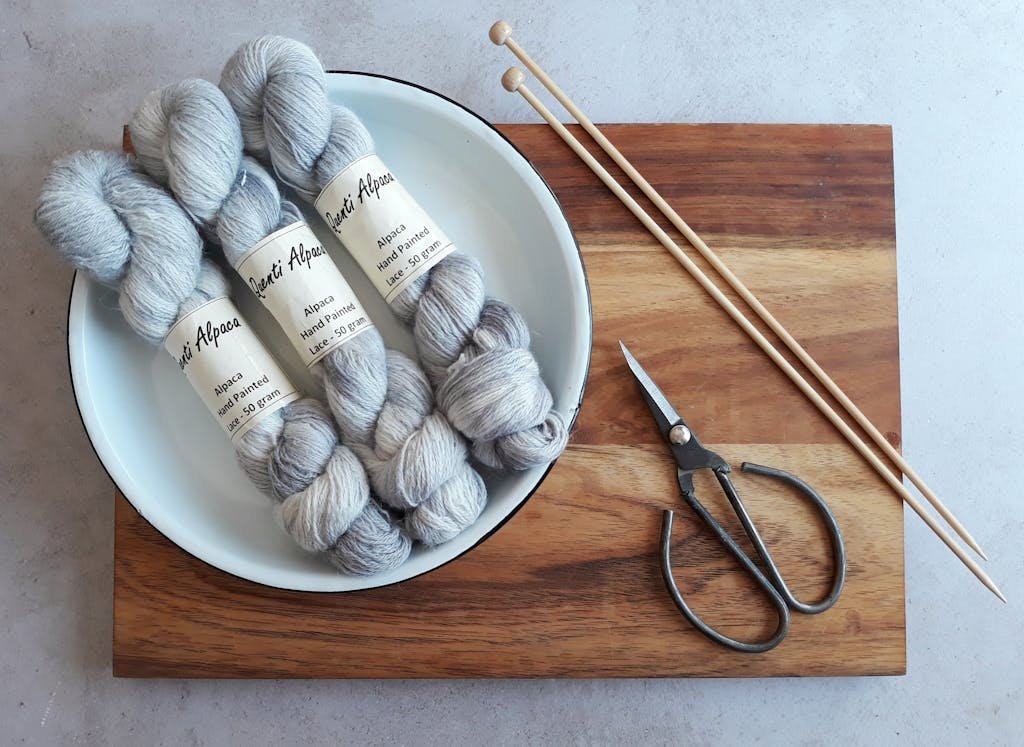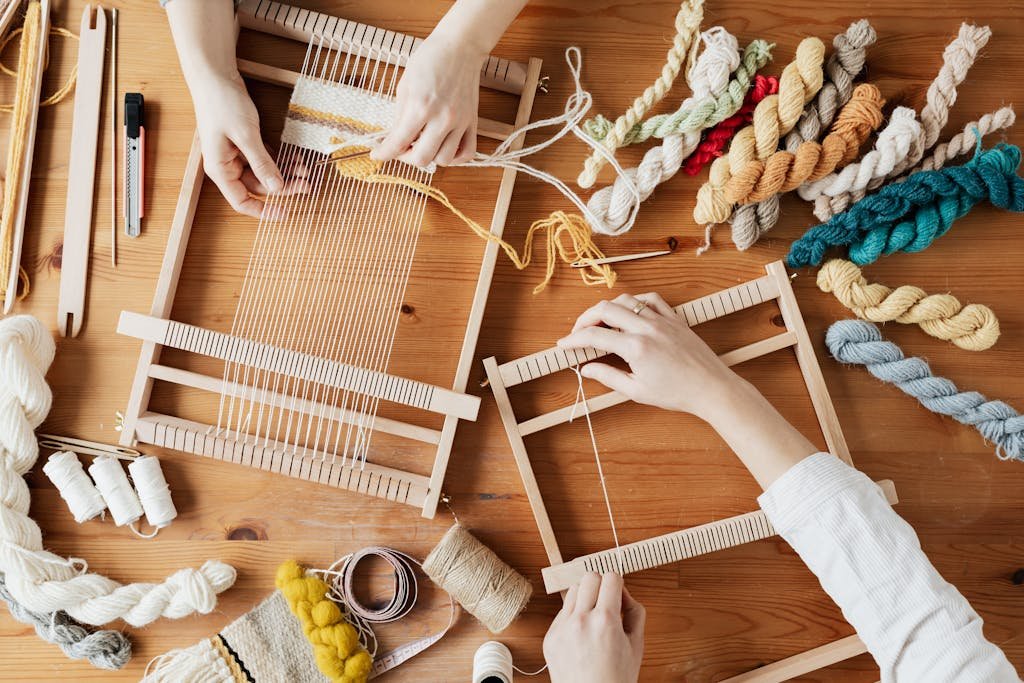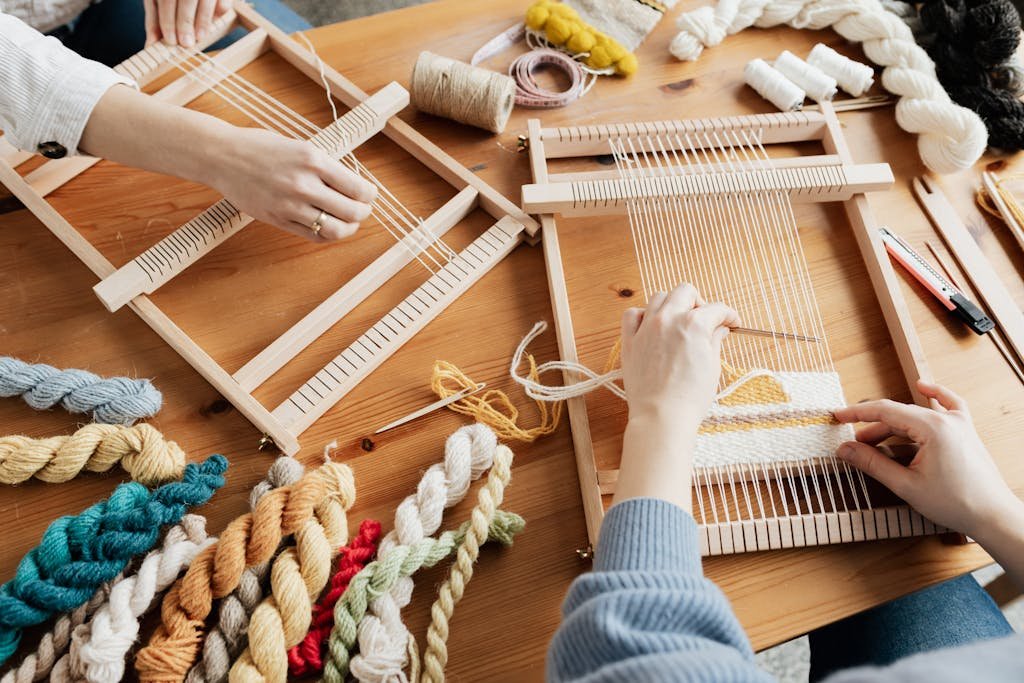Rich Tapestry of Traditional Sewing Techniques
Sashiko, a revered Japanese stitching tradition, transforms repair into art with intricate geometric patterns. Each stitch tells a story, honoring generations of skill and dedication.
Kantha embroidery, originating in India, showcases creativity and resourcefulness. Made by women from recycled saris, these quilts depict folklore and daily life with vibrant hues and meticulous stitching, embodying the region’s cultural richness and identity.


Crazy quilting, a Victorian-era rebellion against tradition, celebrates individuality and creativity. Unlike conventional methods, it embraces asymmetry, weaving together fabrics, textures, and embellishments in a kaleidoscope of expression. In this world, seams are canvases for imagination, where rules give way to boundless possibilities.
Boro, a classic Japanese craft, embraces imperfection as beauty. Born from rural scarcity, boro textiles feature patchwork and visible mending, each tear and patch narrating tales of resilience and sustainability. Amid a quest for perfection, boro highlights the allure of life’s imperfections.
Bunad embroidery epitomizes Norway’s cultural richness, adorning folk costumes with region-specific colors and patterns. From fjords to forests, it celebrates the country’s natural beauty and diverse heritage.

Why Traditional Techniques Matter
- Mindful Moments: The soothing rhythm of hand-stitching brings a sense of calm and mindfulness, offering a peaceful escape from daily chaos.
- Skills That Last: Delving into traditional techniques deepens your sewing prowess, enriching your understanding and mastery of the craft.
- Cultural Connections: Exploring these age-old methods allows for a journey through diverse cultures and their unique creative expressions, fostering admiration and cultural understanding.
- Personal Touch: Infusing your projects with these techniques adds layers of history and personal flair, making each creation truly special and one-of-a-kind.

